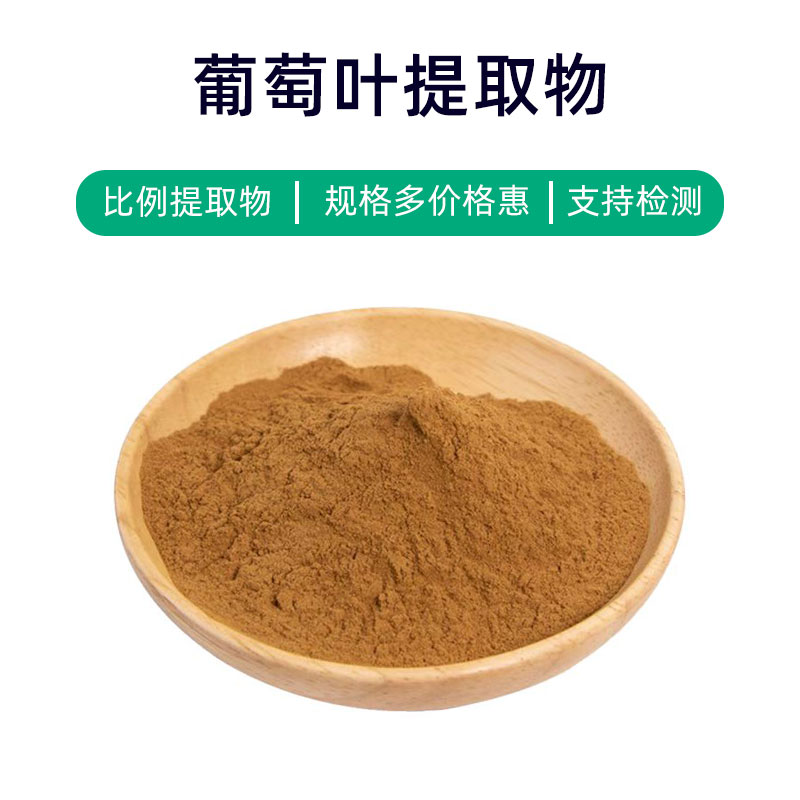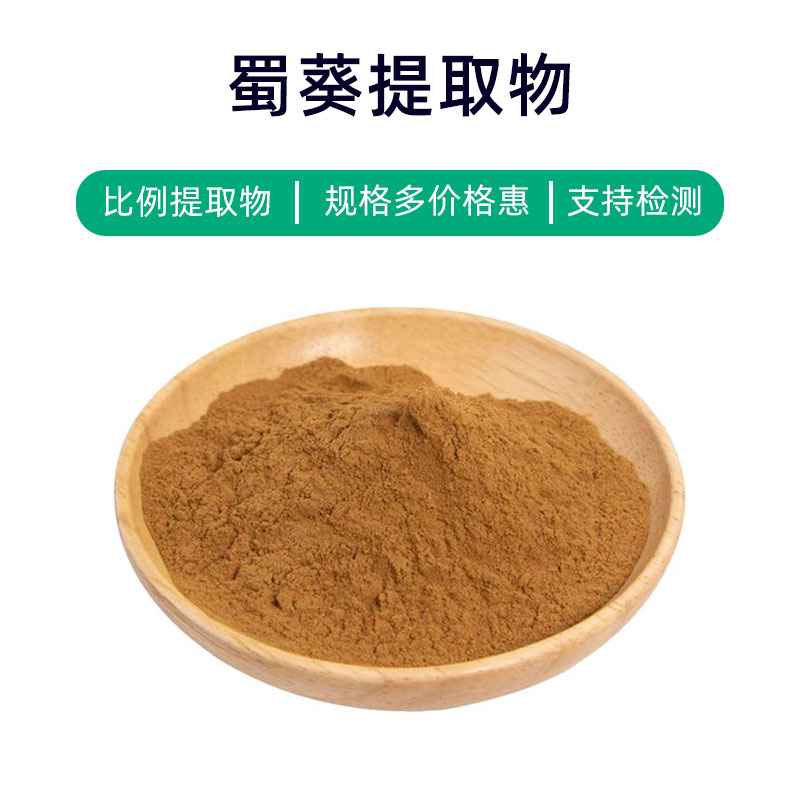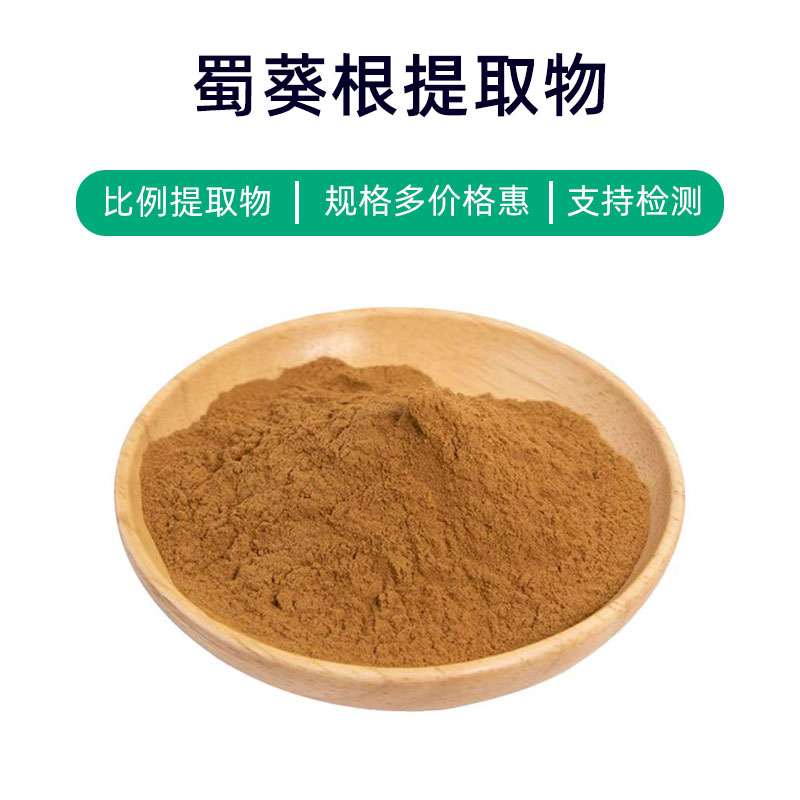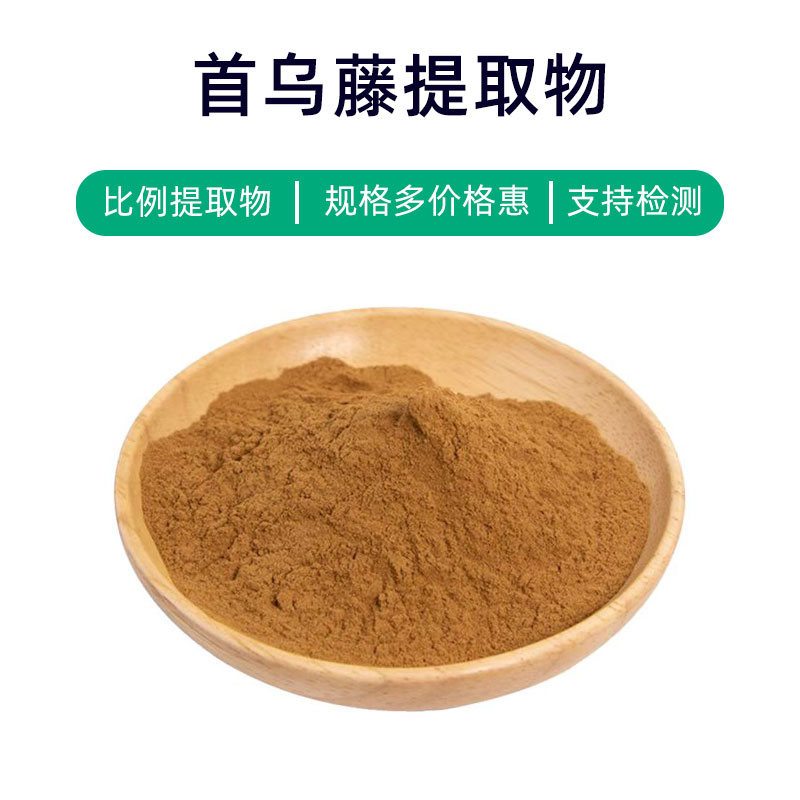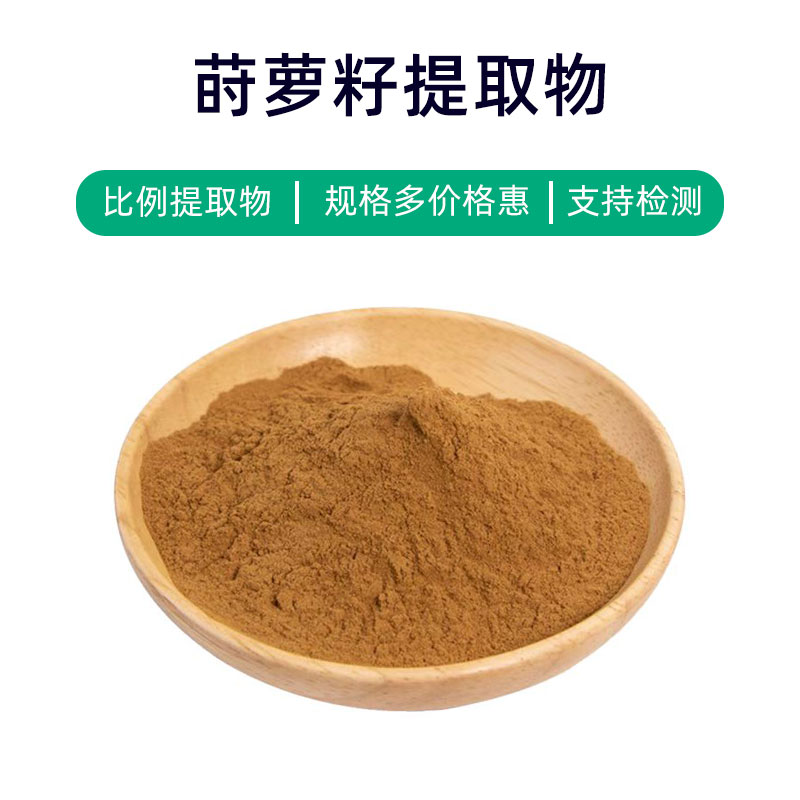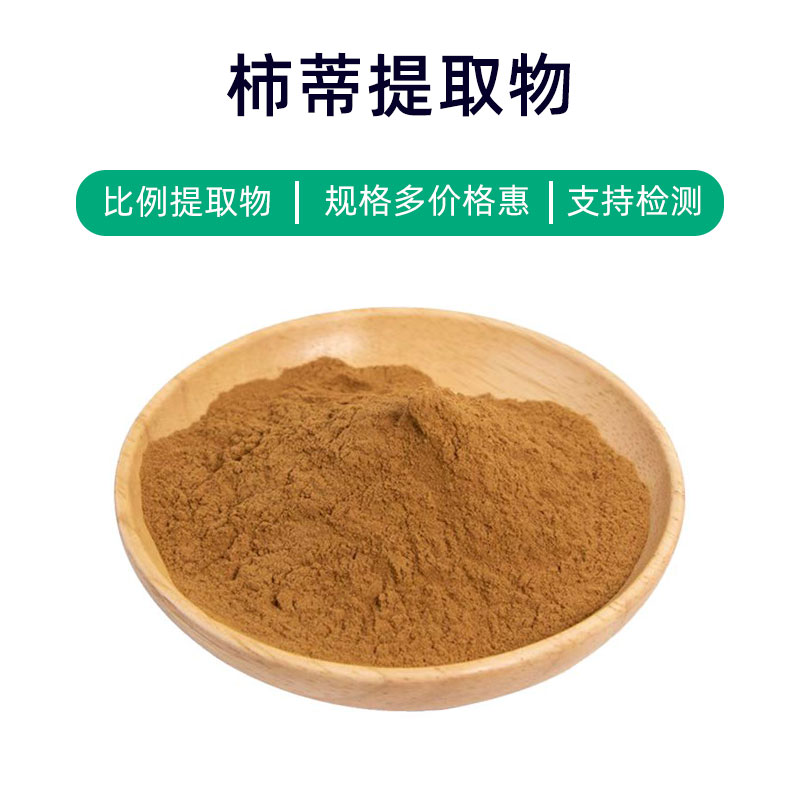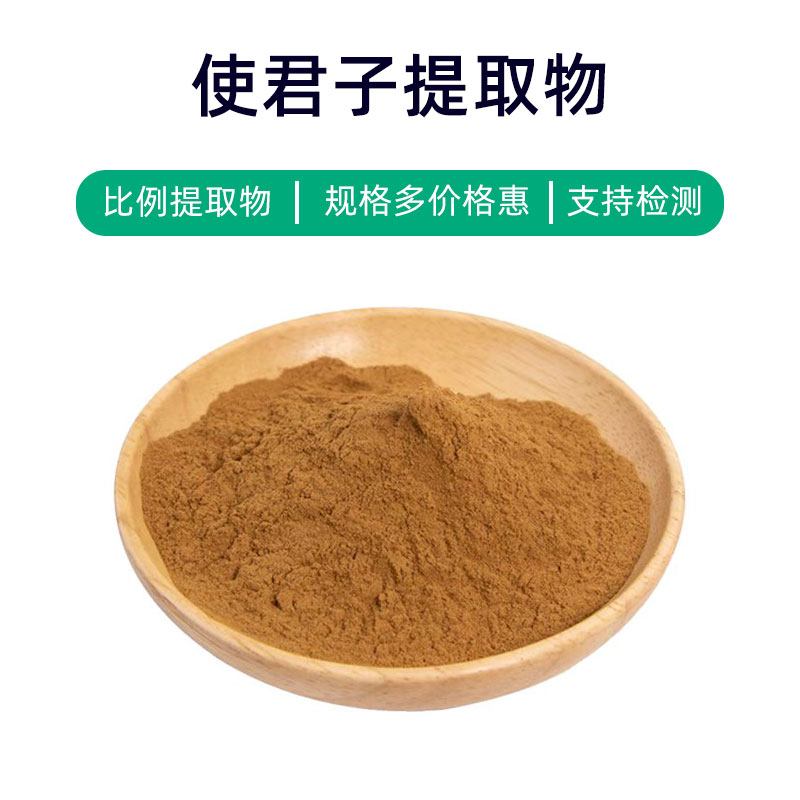Introduction to Grape Leaf Extract
Grape leaf extract is a natural plant extract derived from the leaves of the grapevine (Vitis vinifera), containing multiple bioactive substances such as flavonoids, polyphenolic compounds, catechins, and proanthocyanidins. These components provide a range of effects and applications.
First, grape leaf extract is rich in antioxidants, offering robust antioxidant properties that help eliminate free radicals in the body and protect cells from oxidative damage. Second, it also has anti-inflammatory and antibacterial effects, alleviating inflammation, reducing pain, and inhibiting the growth of bacteria and fungi.
In addition, grape leaf extract is commonly used in health supplements, pharmaceuticals, food products, and cosmetics. In supplements, it is often made into antioxidant capsules that help improve immunity and slow aging. In pharmaceuticals, grape leaf extract can be used to treat cardiovascular diseases, reduce blood pressure, and regulate blood sugar levels. In the food industry, it is commonly used as an additive to enhance nutritional value and taste. In cosmetics, it's widely applied in skincare products for moisturizing, anti-wrinkle, and whitening effects.
Overall, grape leaf extract, as a natural plant product, has rich antioxidant components and various benefits, widely supporting health and beauty in supplements, pharmaceuticals, food, and cosmetics.
Grape Leaf Extract Production Process
The production process for grape leaf extract generally includes the following steps:
- Raw Material Collection: Fresh, high-quality grape leaves are selected as the raw material. Typically sourced from vineyards, these leaves should be harvested at the optimal growth stage to ensure quality.
- Washing and Cleaning: The harvested grape leaves are thoroughly washed to remove impurities and dirt, keeping the raw material clean.
- Chopping and Grinding: Cleaned grape leaves are chopped or ground to enhance extraction efficiency.
- Extraction Process: The chopped grape leaves are placed into extraction equipment, where suitable solvents (like water or ethanol) are used to dissolve the active components thoroughly.
- Filtration and Concentration: After filtration to remove impurities, the extract is concentrated using specialized equipment to obtain a high-concentration grape leaf extract.
- Drying: The concentrated grape leaf extract is dried, typically by spray drying or vacuum drying, transforming it into a powdered or granular form.
- Quality Inspection: The produced grape leaf extract undergoes quality testing, including analysis of active component levels, microbiological indicators, heavy metals, etc., ensuring compliance with relevant standards and regulations.
- Packaging and Storage: Finally, the quality-compliant grape leaf extract is packaged and stored in a cool, dry, light-protected environment to ensure product stability and quality.
Grape Leaf Extract Effects and Side Effects
Grape leaf extract, derived from grape leaves, exhibits several benefits and effects:
- Antioxidant Properties: Rich in flavonoids and polyphenolic compounds, grape leaf extract can neutralize free radicals, slow down cellular oxidative damage, and protect cell health.
- Blood Pressure Reduction: Research indicates that components such as catechins in grape leaf extract can effectively lower blood pressure, helping to regulate blood pressure levels and reduce hypertension risk.
- Anti-Inflammatory Effects: Grape leaf extract contains numerous polyphenolic compounds, providing significant anti-inflammatory properties that relieve inflammation and reduce pain.
- Cardiovascular Health Protection: Ingredients in grape leaf extract may improve cardiovascular function, promote blood circulation, and lower the risk of heart disease.
- Blood Sugar Control: Studies suggest that grape leaf extract components can help regulate blood sugar levels, aiding in diabetes management.
- Beauty Enhancement: With its rich antioxidant properties, grape leaf extract can inhibit skin oxidation, reducing fine lines and wrinkles, thereby maintaining youthful and healthy skin.
It’s important to note that while grape leaf extract is generally safe, excessive use may lead to adverse reactions like gastrointestinal discomfort or dizziness; therefore, dosage should be monitored, following medical advice or product guidelines.
In conclusion, grape leaf extract possesses numerous benefits, including antioxidant, blood pressure lowering, anti-inflammatory, cardiovascular health protection, blood sugar control, and beauty enhancement. It is a natural plant extract with potential health benefits.
Application Scenarios and Dosage of Grape Leaf Extract
Grape leaf extract has widespread applications in pharmaceuticals, food, and cosmetics, with slight variations in usage and dosage depending on the application scenario.
- Medical Applications:
- Grape leaf extract is often included in health supplements and medications to improve cardiovascular health, lower blood pressure, and manage blood sugar.
- Common forms include oral capsules, tablets, and granules, with typical dosages ranging from 100-300 mg per dose, taken 1-3 times daily as directed by a healthcare professional.
- Food Applications:
- Grape leaf extract is widely used in health foods and functional beverages to provide antioxidant benefits and assist with blood sugar and blood pressure regulation.
- Dosages are usually determined based on product formulation, with recommended intakes ranging from 5-20 mg, taken 1-3 times daily.
- Cosmetic Applications:
- Grape leaf extract is commonly incorporated in skincare and anti-aging products, offering antioxidant, whitening, and anti-inflammatory effects.
- Typical concentrations in skincare products range from 0.1%-5%, adjusted based on the formulation needs.
Overall, the application methods and dosages of grape leaf extract vary by field, but adherence to relevant industry standards and regulations is essential to ensure product safety and efficacy. It is advisable to follow product instructions or medical recommendations to avoid excessive use and potential adverse effects.
Source Plant Introduction, Distribution, and Growth Environment of Grape Leaf Extract
The source plant for grape leaf extract is the grapevine (scientific name: Vitis vinifera), belonging to the Vitaceae family. Grapes are a common perennial vine widely distributed across temperate regions on all continents. Below is a detailed introduction to the plant characteristics, distribution, and growth environment of grape leaves.
- Plant Characteristics:
- Vines: Grapes grow as climbing vines that attach to supports or other plants; they can also climb walls or trees.
- Leaves: The leaves are palmate compound leaves typically made up of three to five lobed leaflets with serrated edges.
- Flowers: Grape flowers are small, green, clustered flowers that bloom in the spring and have ornamental value.
- Fruits: Grape berries can be purple, green, or golden yellow when ripe, rich in nutrients, and can be eaten or used for winemaking.
- Distribution:
- Grapes are native to the Mediterranean coast of Europe but are now widely cultivated globally, mainly distributed in the following regions:
- Europe: France, Italy, and Spain are major grape-growing areas, with Burgundy, Bordeaux, and Tuscany being key wine-producing regions.
- Asia: Grape cultivation is also found in China, India, and Iran, with Xinjiang, Hebei, and Shandong being prominent grape-producing regions in China.
- Americas: California in the USA, as well as Argentina and Chile, are significant grape cultivation areas.
- Growth Environment:
- Grapes thrive in warm, sunny climates; ideal growth environments include:
- Climate: Grapes prefer a warm monsoon or Mediterranean climate, with average annual temperatures ranging from 10°C to 20°C, avoiding excessive cold in winter and excessive heat in summer.
- Soil: Grapes demand well-drained, loose sandy loam or loamy soils, ideally with a pH between 6-7.
- Sunlight: Grapes require generous sunlight, which enhances fruit sweetness and quality.
In summary, the source plant for grape leaf extract is the grapevine, which is widely distributed across temperate regions of the world, thriving in warm, sunny climates with well-drained soils that support healthy growth and fruit yield.
Processing and Storage of Grape Leaf Extract
The processing of grape leaf extract primarily involves the following steps: First, grape leaves are harvested, followed by washing and impurity removal, then grinding or chopping to extract effective components. Subsequently, suitable extraction methods (like water or alcohol extraction) are used to make the target components, and the extract undergoes filtration, concentration, and drying steps to produce the final extract. Lastly, it is packaged and stored, typically in a sealed, moisture-proof, light-resistant manner in a cool, dry place to avoid high temperatures and direct sunlight, ensuring its quality and stability.
Monica Sun is a seasoned expert in the plant extraction industry with over a decade of experience in research and production. She specializes in the extraction and purification of plant active ingredients, focusing on driving innovation in natural product applications. Monica has participated in the development of multiple functional plant extracts, delivering high-value natural raw material solutions for the health food, pharmaceutical, and dietary supplement sectors.

